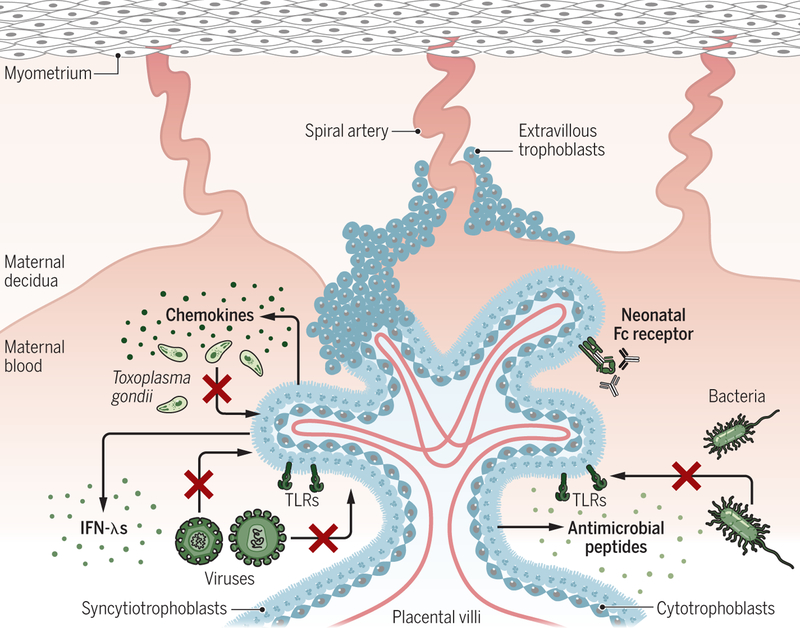Fig. 4. Mechanisms of placental immune defense.
The placenta has a number of innate immune mechanisms to protect the fetus from congenital infections of all types, including the expression of pattern recognition receptors (PRRs) such as toll-like receptors (TLRs), the constitutive expression of type III interferons (IFN-λ), and the release of antimicrobial peptides. Inoculation of placental trophoblasts with the parasite Toxoplasma gondii induces the secretion of chemokines, including the potent T helper 2 and Treg cell chemoattractant CCL22, suggesting that parasite infection alters or signals to maternal-derived immune cells. Furthermore, SYN expression of the neonatal Fc receptor also suggests a protective role for maternal IgG within the fetal compartment through the development of passive immunity. Credit: A. Kitterman/Science Immunology

